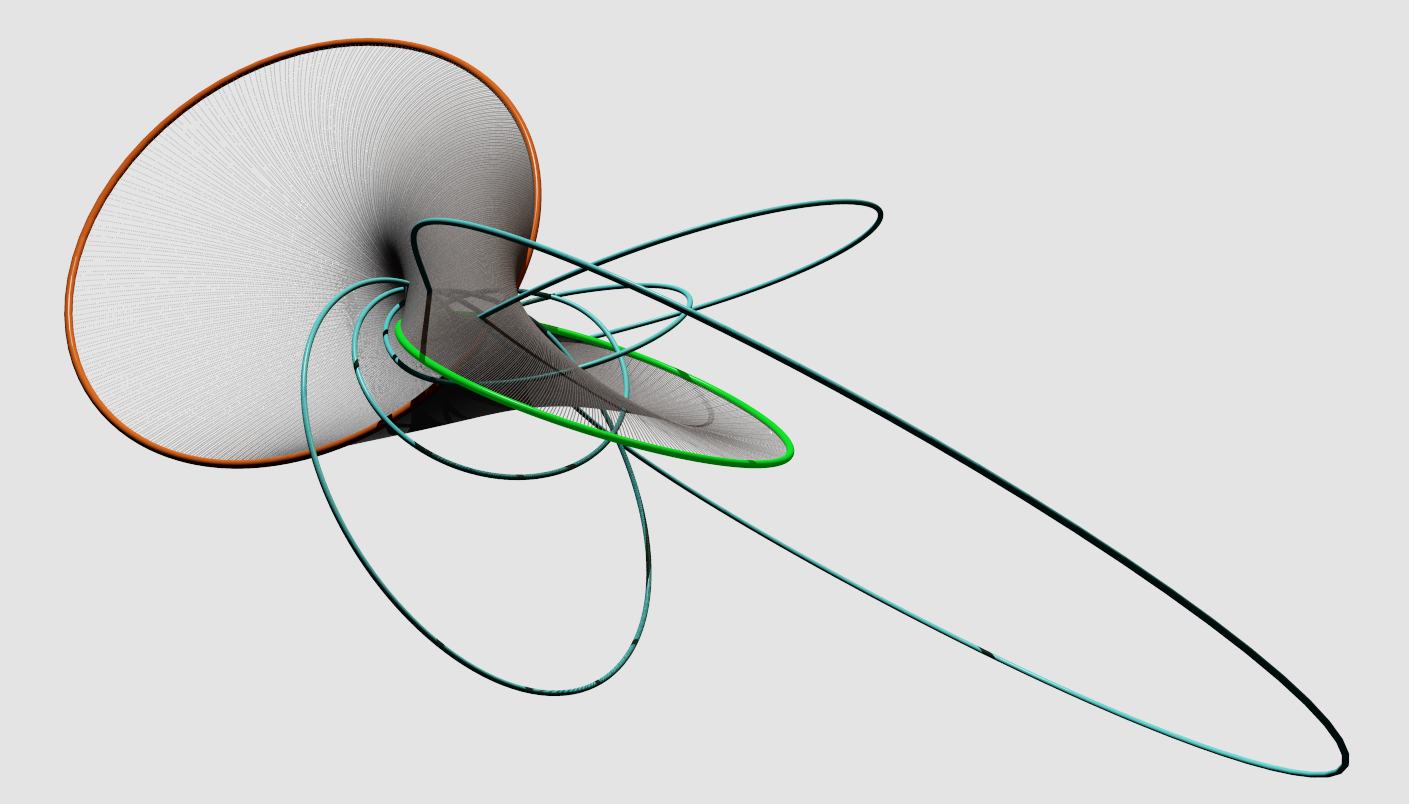Brieskorn manifolds
Homology and contact homology of Brieskorn manifolds
Here is a rather primitive program,
brieskorn_homology3.txt, that computes the homology and the contact homology of Brieskorn manifolds. The source is rather ugly, but it works.
Here are the steps
1 Download the file,
2 Rename it into brieskorn_homology3.cpp
3 Compile it
4 Run it in a terminal (also called dos-box).
With the gcc-compiler, run "g++ -o prog brieskorn_homology3.cpp"
A point of warning, this program just assumes that contact homology exists, and then computes it using the algorithm from
Contact homology of Brieskorn manifolds
In other words, the Maslov indices of the orbit spaces are computed by an explicit formula, and the paper of Milnor-Orlik is used to compute the relevant homology groups.
Grading follows SFT conventions which differs from the Conley-Zehnder index by a shift depending on the dimension. Keep this in mind for the signs of the mean Euler characteristic.
As a final remark, the mean Euler characteristic can be proved to be an invariant of a Brieskorn manifold using equivariant symplectic homology.
Spheres with Sasaki-Einstein metrics
Here are some excel files with lists of spheres with Sasaki-Einstein metrics. The lists include basic invariants, including the mean Euler characteristic (with SFT-grading conventions).
Here are the list with Sasaki-Einstein manifolds of Brieskorn type.
dimension 5
dimension 7
dimension 9
In these files SH stands for the plus part of equivariant symplectic homology.
Contact manifolds without invariants to distinguish them
The Brieskorn manifolds BP(2,3,7,27) and BP(3,4,4,5) (and all others in this
file with the adjective not distinguished) have the property that they have pairwise isomorphic plus-part of the equivariant symplectic homology (or linearized contact homology).
Furthermore, the lower bound on the indices is not good enough to guarantee that the positive part of symplectic homology is an invariant.
How can one distinguish these contact manifolds?
Note that this is just the tip of the iceberg: there are many more of this type in higher dimensions.

